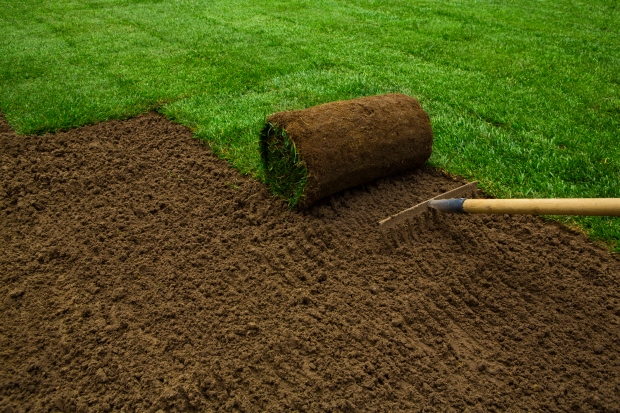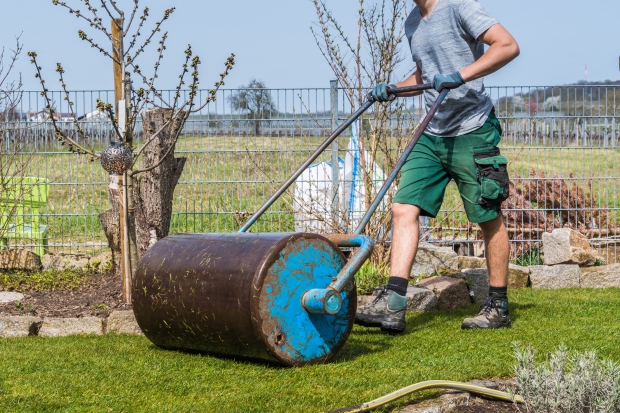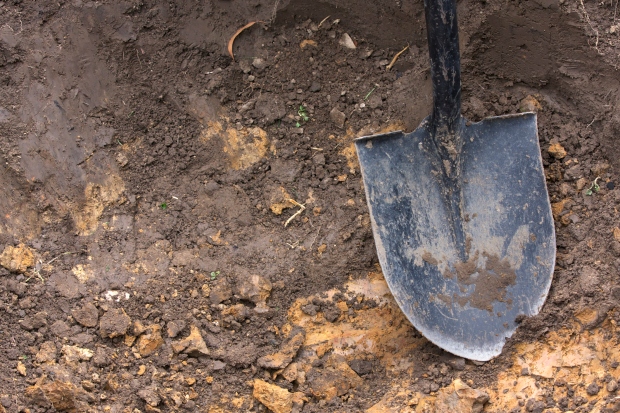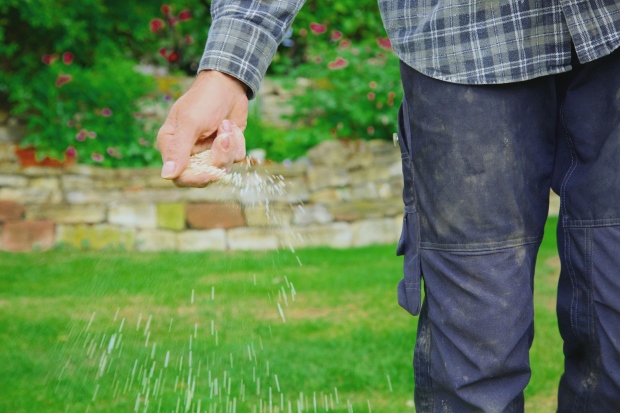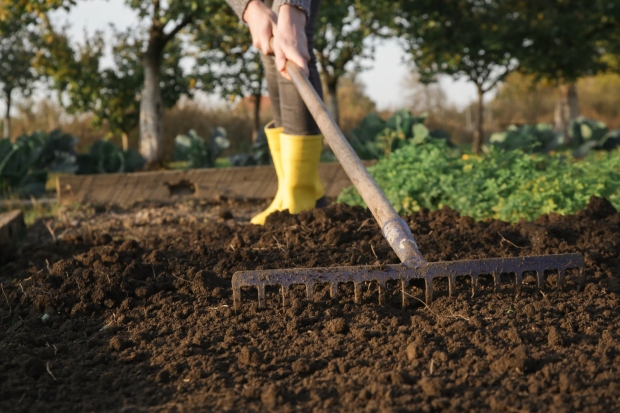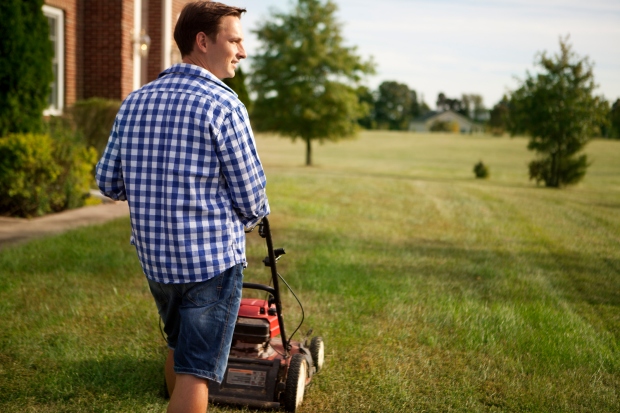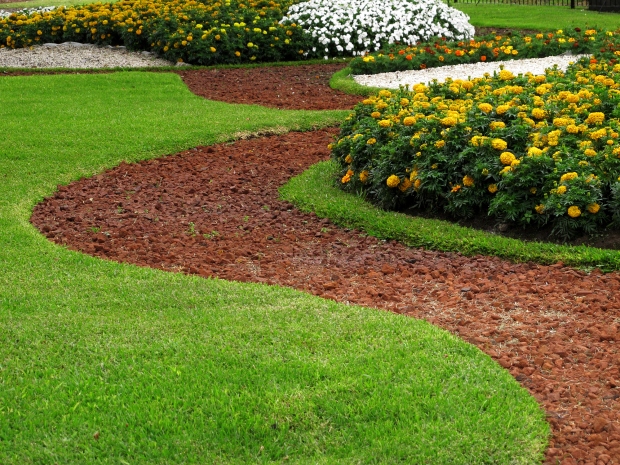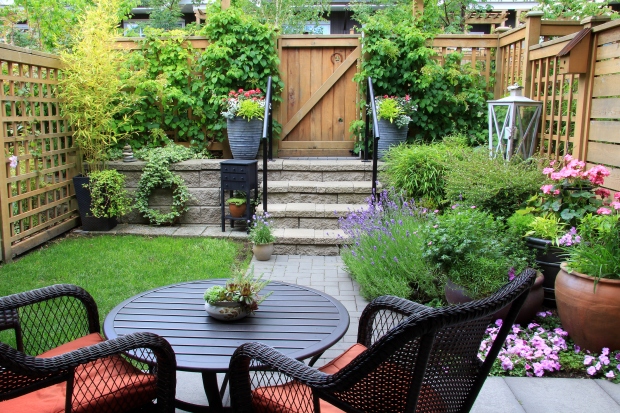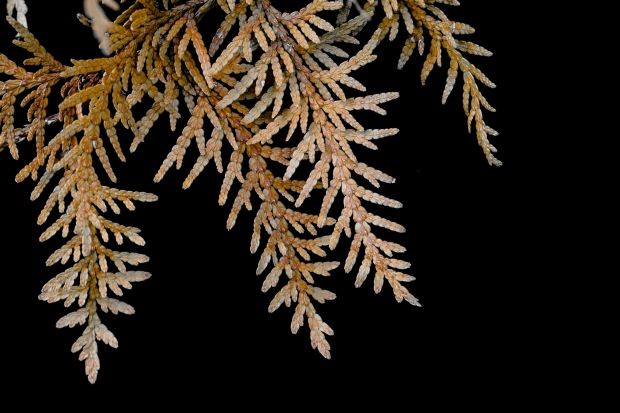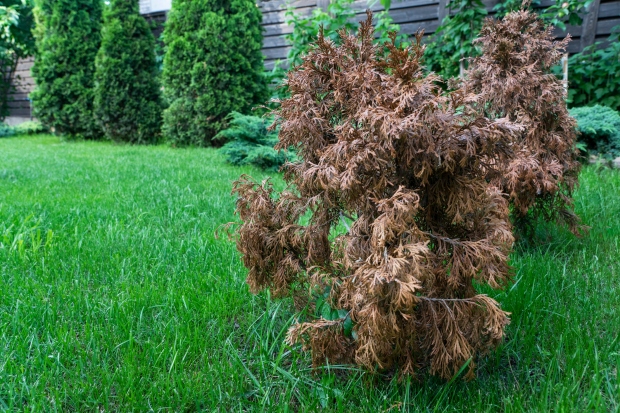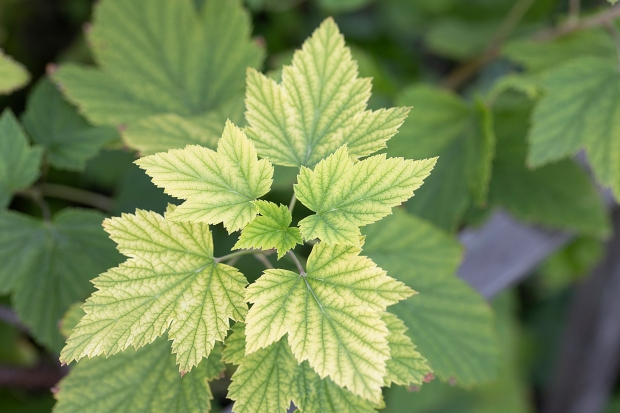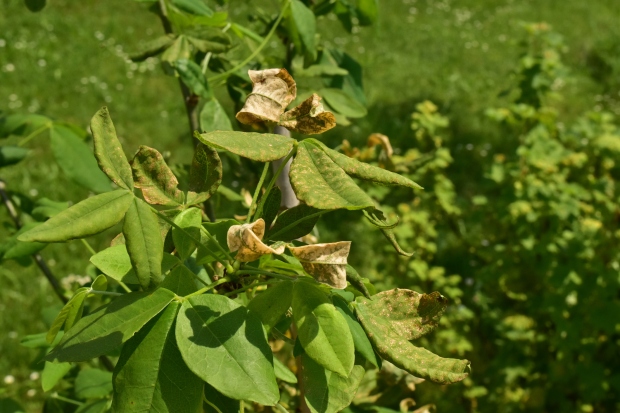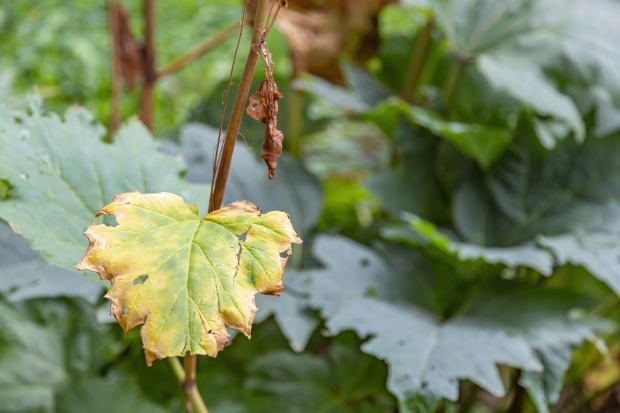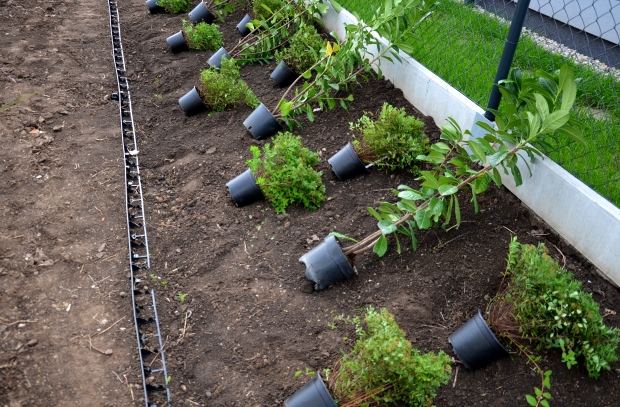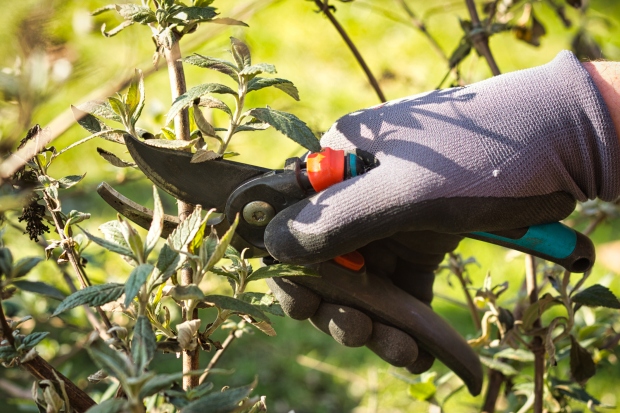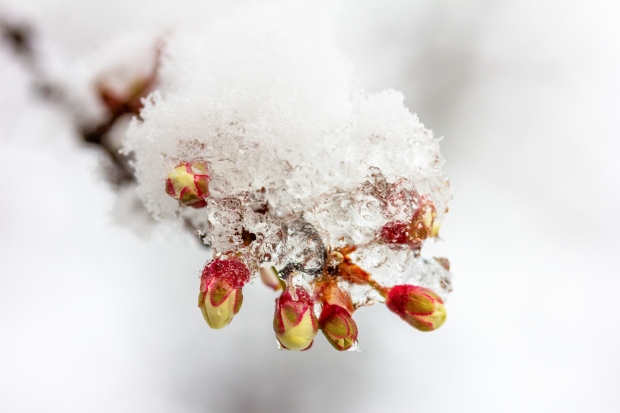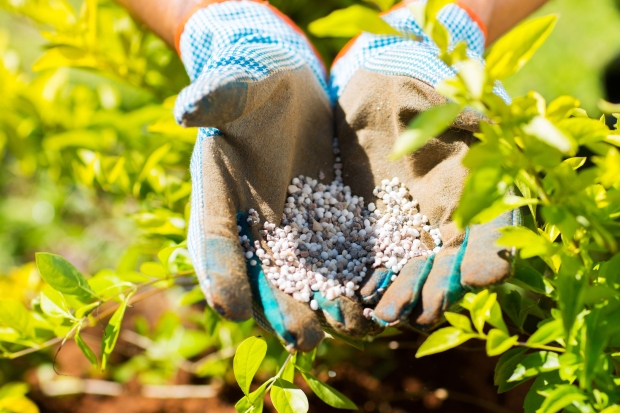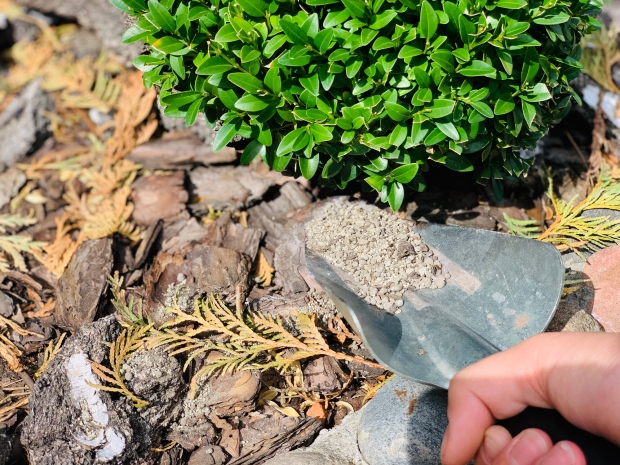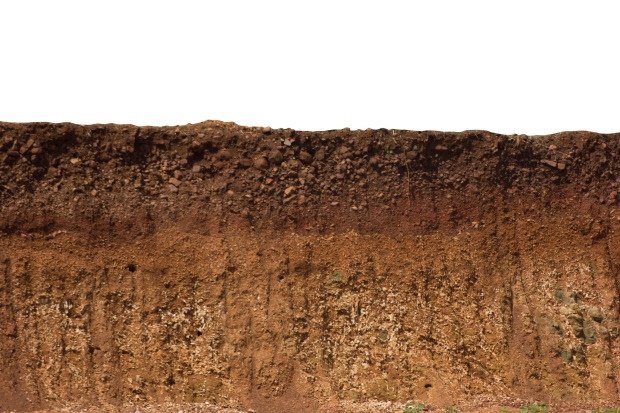How to Water a New Lawn
It’s easy to understand that a newly created lawn space will need water. However, many people don’t understand the specifics of how, when, and how much to water after spreading their grass seeds. This chapter will answer those questions so that you can be sure that you water your newly seeded lawn the right way.
How Often to Water a New Lawn
New lawns need more water than lawns that are more established. You should give your new lawn water at least once a day. Often, it is even better to provide water multiple times during a day. At no point should you allow the soil to dry out, as this will inhibit the grass seeds’ ability to germinate.
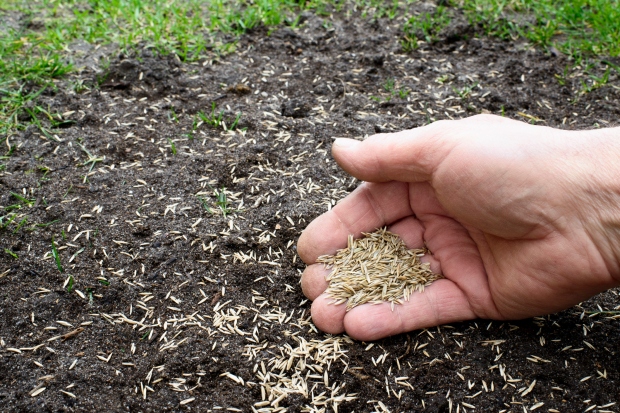
How Much Water to Give a New Lawn
As you’d expect, with such a high watering frequency, your new lawn needs to receive a relatively high volume of water. While a mature lawn typically needs around one inch of water per week, new lawns need at least three inches of water per week. To achieve this volume, consider watering for about five to ten minutes each time you water your lawn.
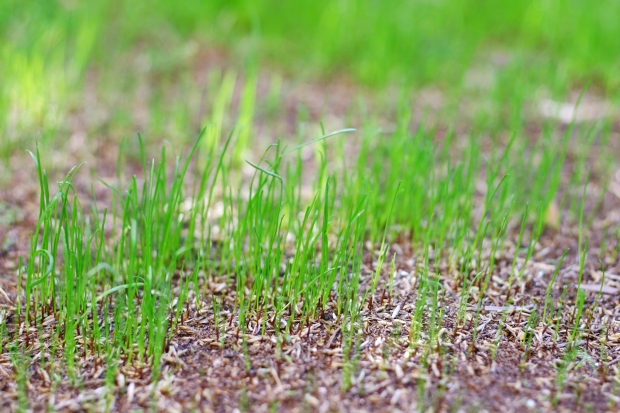
When to Reduce Water for a New Lawn
Eventually, there will come a time when you are ready to reduce the amount of water you give to your lawn. Your goal in watering frequently is to encourage your lawn seeds to germinate. Once your lawn seeds have germinated and grown grass blades that are more than one inch tall, it is safe to start watering less.

Usually, it takes about a month or more for your new lawn seeds to grow to more than one inch of height. Once that occurs, you can reduce your watering schedule to about one to two times per week. This rate is quite similar to what you would need to do for a lawn that is fully established.
